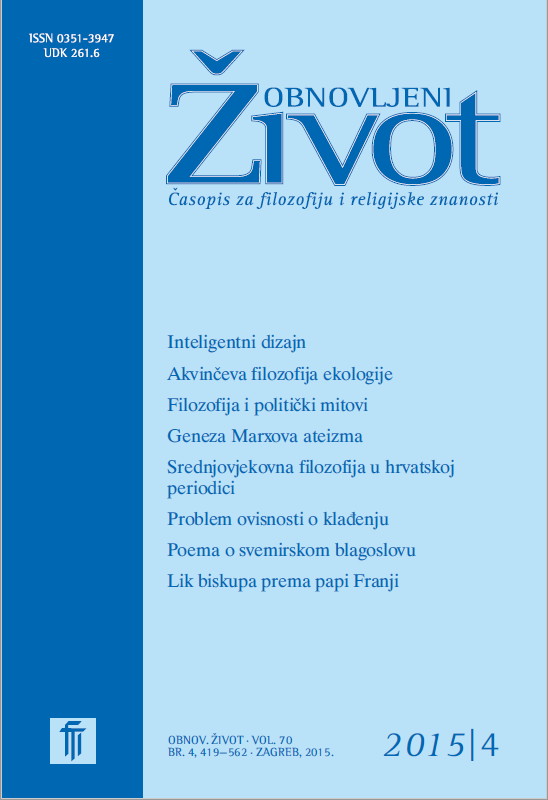Intelligent Design, ID Conclusion and the Demarcation Controversy
Is »Intelligent Design Conclusion« a Scientifically Acceptable Form of Conclusion?
Keywords:
intelligent design, intelligent design conclusion, insurmountable complexity, Darwinism, Michael J. Behe, William A. Dembski, Kenneth MillerAbstract
In recent years scientific circles in the USA have been conducting heated debates about the problem of intelligent design — ID. The controversial question is: are we dealing with science here, or does ID belong in the domain of the pseudo–sciences (as a form of creationism)? In taking the stance that ID warrants scientific attention, this paper explores its basic tenets as also the controversy evident in the ID theory. We commence with an explanation of the key concepts: »intelligent design conclusion « and the »theory of intelligent design« which shall provide a good introduction to the second section wherein we shall investigate the logical processes of intelligent design conclusion with reference to the work of mathematician and philosoper W.A. Dembski. Seeing as he establishes and formalizes a conclusion of this type, thus giving the ID theory its logical and epistemic framework, we are thereby enabled to later pass on to reflections on the basic tenets of the ID theory as envisioned by one of the originators of the theory , biologist M. J. Behe. Behe, and generally speaking, the ID theory as well, have met with numerous criticisms. One of the most vehement critics of Behe’s tenets, is the biologist K. Miller, whose arguments we shall review at the beginning of the third section. Still, our main focus at this stage shall be directed at the principle objection, namely that of unscientificness, or rather the demarcation controversy. Subsequently, this objection will be treated from both sides of the debate, and a personal perception of the problem will be put forth.
Downloads
Published
Issue
Section
License
Jednom prihvaćeni članak obvezuje autora da ga ne smije objaviti drugdje bez dozvole uredništva, a i tada samo uz bilješku da je objavljen prvi put u Obnovljenom životu. Uredništvo će obavijestiti autora o prihvaćanju ili neprihvaćanju članka za objavljivanje.
Članci objavljeni u časopisu se, uz prikladno navođenje izvora, smiju besplatno koristiti u obrazovne i druge nekomercijalne svrhe.


